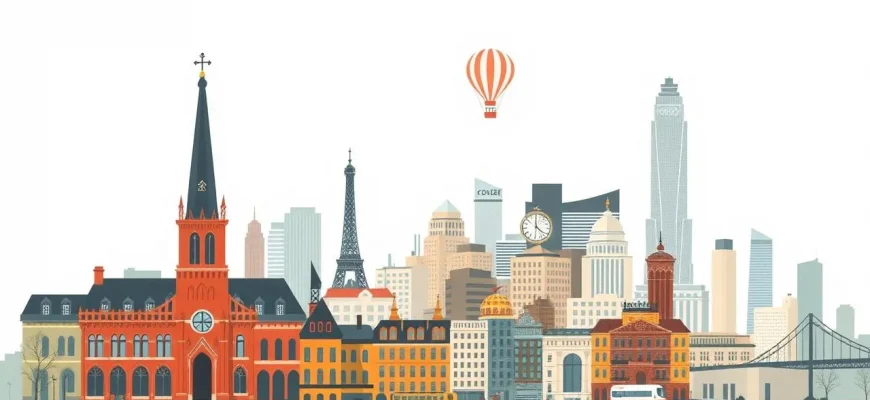Step back in time with this curated list of films that transport viewers to the vibrant and tumultuous era from 1900 to 1930. This collection not only showcases the historical events, cultural shifts, and technological advancements of the time but also offers a window into the human experiences that defined this pivotal period. Whether you're a history buff or simply love a good story, these films provide a fascinating glimpse into the past, making history come alive in a way that textbooks never could.
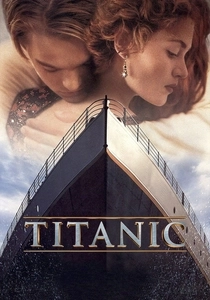
Titanic (1997)
Description: This epic romance and disaster film captures the opulence and tragedy of the Titanic's maiden voyage in 1912, offering a poignant look at class distinctions and love against the backdrop of historical catastrophe.
Fact: The film was the first ever to be released on video while it was still being shown in theaters. It also won 11 Academy Awards, tying the record for the most Oscars for a single film.
 Watch Now
Watch Now 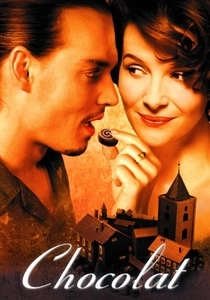
Chocolat (2000)
Description: Although the film spans several decades, it starts in the 1920s, focusing on a woman who opens a chocolate shop in a small French village, challenging the town's conservative values.
Fact: The film's chocolate shop was a real, functioning shop during filming, and the chocolate was made on-site by a professional chocolatier.
 Watch Now
Watch Now 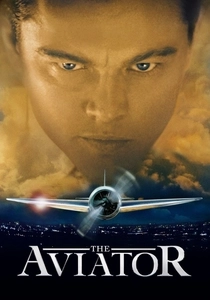
The Aviator (2004)
Description: This biopic of Howard Hughes spans from the 1920s to the 1940s, focusing on his early years as a film producer and aviator, showcasing the technological and cultural shifts of the time.
Fact: Martin Scorsese used real vintage aircraft for the film, including a rare Boeing B-17 Flying Fortress.
 Watch Now
Watch Now 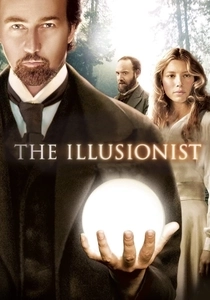
The Illusionist (2006)
Description: Set in early 20th century Vienna, this film weaves a tale of magic, romance, and political intrigue, reflecting the cultural and social dynamics of the time.
Fact: The film's magic tricks were performed by real magicians, ensuring authenticity in the illusion sequences.
 Watch Now
Watch Now 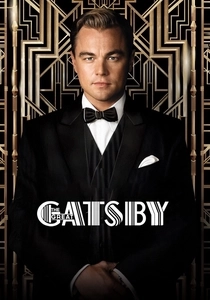
The Great Gatsby (2013)
Description: Baz Luhrmann's adaptation of F. Scott Fitzgerald's novel vividly recreates the Roaring Twenties, exploring themes of decadence, idealism, and social upheaval in the summer of 1922.
Fact: The film used over 45,000 LED lights to create the dazzling party scenes, and the production spent $
 Watch Now
Watch Now 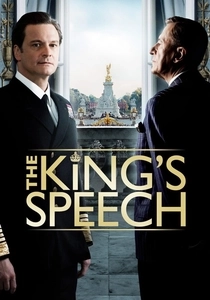
The King's Speech (2010)
Description: Set in the late 1920s and early 1930s, this film follows King George VI as he overcomes his stammer with the help of an unorthodox speech therapist, against the backdrop of WWII looming.
Fact: The film was originally rated R due to a scene with profanity, but it was later changed to PG-13 after the filmmakers appealed.
 Watch Now
Watch Now 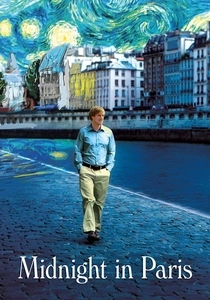
Midnight in Paris (2011)
Description: While not entirely set in the 1920s, this Woody Allen film features a magical journey back to the era, where the protagonist meets famous artists and writers of the time.
Fact: The film was shot entirely on location in Paris, with many scenes filmed at night to capture the city's nocturnal charm.
 Watch Now
Watch Now 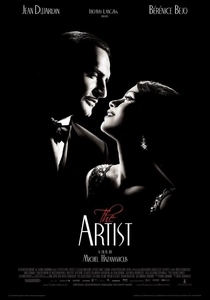
The Artist (2011)
Description: A love letter to silent cinema, this film captures the transition from silent films to talkies in the late 1920s, telling the story of a silent film star struggling with the advent of sound.
Fact: It was the first silent film to win the Academy Award for Best Picture since 1927's "Wings."
 Watch Now
Watch Now 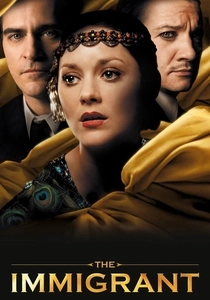
The Immigrant (2013)
Description: Set in 1921, this film tells the story of a Polish woman arriving in New York, exploring themes of immigration, exploitation, and the American Dream.
Fact: The film was shot in a
 Watch Now
Watch Now 
The Wind That Shakes the Barley (2006)
Description: This film delves into the Irish War of Independence and the subsequent Civil War in the early 1920s, offering a gritty portrayal of political and personal conflict.
Fact: It won the Palme d'Or at the Cannes Film Festival, making director Ken Loach the first British director to win this award twice.
 30 Days Free
30 Days Free 
